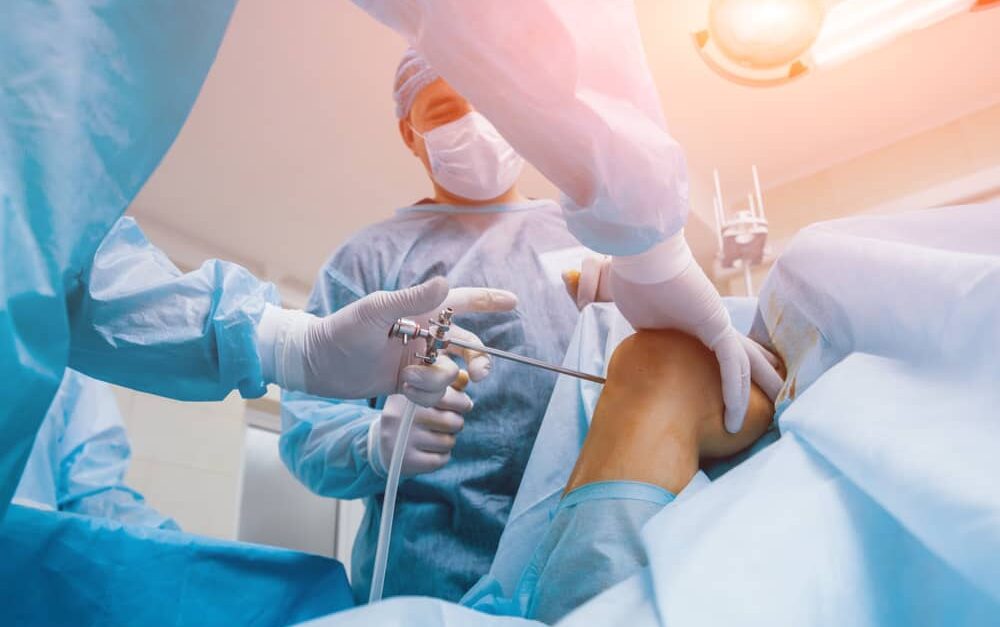ARTHROSCOPY
Arthroscopy / key hole surgery is a minimally invasive joint surgery technique, used to visualize the joint through a camera (scope) and to perform evaluation / repair of the problem.
It is nowadays a very advanced technique used to treat most of the sports injuries, that aid in better treatment and faster recovery due to the minimal invasion into the joint, having better prognosis less chance of infection and faster recovery and return to daily routine / work. Done as a day case procedure.
The knee joint structure internally is high complex, owing to the range of movement it provides a long with the functions associated with it.
It internally has an intricate structure consisting of the anterior cruciate ligament, posterior cruciate ligament, medial meniscus, lateral meniscus and collateral ligaments on their side of the joint to aid in stability of the joint.
ACL and PCL (Knee Ligament Injury)
The knee is a hinge joint. It joins the thigh and shin bones. There are 2 ligaments inside the knee that protect the joint from too much forward and backward movement. The ACL, or anterior cruciate ligament, keeps the knee from sliding forward. The PCL, or posterior cruciate ligament, keeps the knee from sliding backward.
An ACL or PCL injury occurs when the ligament has been torn. The tear may be partial or complete. Symptoms include knee swelling, pain, and the joint becoming unstable. Some people hear a snap or pop at the time of an ACL injury.
ACL injuries are the most common. They often occur during quick changes in direction while playing sports. An ACL injury may happen at the same time as a cartilage injury of the knee.
The less common PCL injury occurs if the knee bends backwards, or with a direct blow to a bent knee (such as hitting the dashboard with your knee during a car accident).
The pain and swelling of a cruciate ligament injury can last several weeks. It may take 3 to 4 months for the ligament to fully heal.
An ACL or PCL diagnosis can often be made by physical exam. But pain and swelling right after the injury may limit the exam. An MRI may be used to confirm the diagnosis.
Early treatment includes resting the joint, wearing a splint to reduce movement, and using ice to reduce swelling and pain. You may use over-the-counter pain medicine, unless another pain medicine was prescribed. Physical therapy will help you to regain joint and leg strength. Surgery is sometimes needed to treat a more severe cruciate ligament injury.

